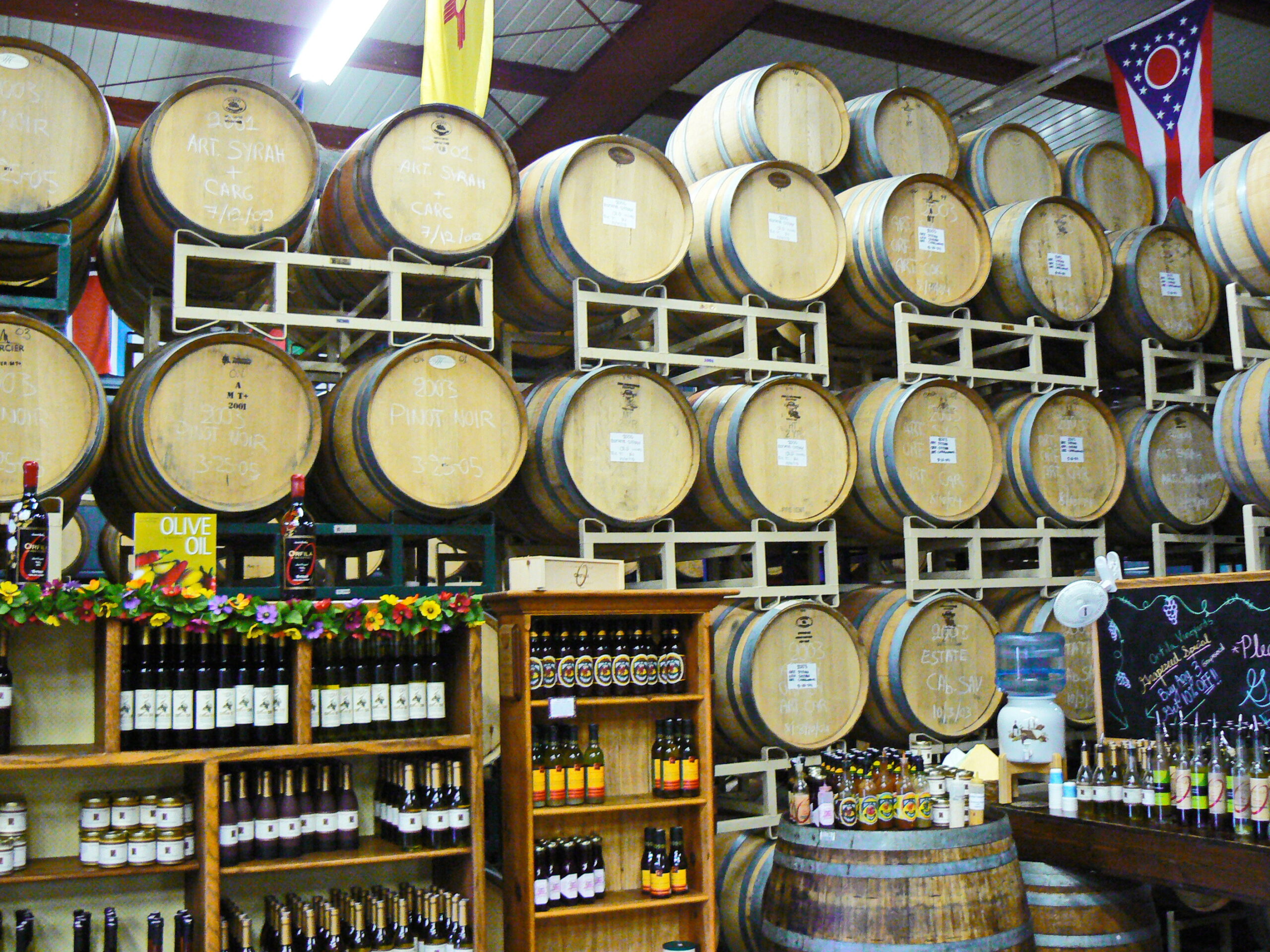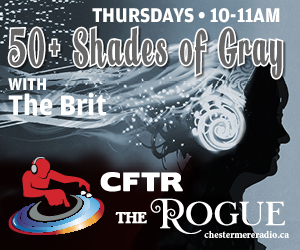The Tuscany region of Italy has been producing wine for thousands of years, and is famous the world over for its big and bold reds.
The Tuscany wine region is on the western coast of Italy, bordered by the Tyrrhenian Sea, and includes seven coastal islands. Of the 20 recognized wine regions in Italy, Tuscany is the third-largest producer of DOC (Controlled Designation of Origin) wines, which command the highest prices on the world markets.
The Tuscany wine region has six sub-regions, including the famous Brunello and Chianti areas. The Sangiovese grape is the most widely planted in the region, and has been cultivated in the region since the 8th century. Many clones and offshoots of the Sangiovese grape varietal exist, Brunello being the most common example.
Brunello has long been a favourite of mine, and is a grape varietal coveted by wine snobs the world over. The name means “little brown” grape, and was originally through to be an entirely different grape varietal than Sangiovese.
After centuries of the wines grown around the village of Montalcino being called Brunello di Montalcino, analysis in 1888 finally determined that Brunello was a clone of Sangiovese, and not a different varietal.
To make matters more confusing, wines labeled as Chianti also contain a minimum of 80% Sangiovese, with a few other grape varietals permitted for blending.
The reasons behind the confusing labeling laws for Italian wines are mostly historical, with the name on the bottle referring to the region the grapes were grown, not the type of grape in the bottle.
This makes things confusing for consumers, who may see bottles at the local booze merchant labeled as Brunello, Chianti, and a host of others, but those are all just regional terms for wines made primarily from the Sangiovese grape.
This old-world snootiness in labeling puts off many North American wine drinkers, which is why the so-called New World wines are so popular, with their friendly labels that have Merlot or Chardonnay printed right on the front to avoid confusion.
If you are browsing the Italy aisle at your local wine merchant, you will likely notice that the bottles of Brunello are much pricier than the bottles of Chianti, despite both wines being made from the Sangiovese grape.
While the grape varietal may be the same, the Brunello wine region is centered around the small hillside village of Montalcino, which is warmer and drier than the neighbouring Chianti wine region. Labeling regulations require Brunello wines to be 100% Sangiovese grapes, while Chianti wines may be a blend of Sangiovese and certain other grapes.
With the unique terroir in the Brunello wine region, the lack of blending with other varietals, and the long aging time of up to 10 years, Brunello wines tend to be in the $60-$100 range, while their Chianti cousins can be found for as little as $25 at your local bottle shop.
I like to think of Chianti as an everyday drinker, while the older and more flavourful Brunello is saved for special occasions.
For a wine not quite as pricey as Brunello, but still more complex and subtle than Chianti, I like the so-called Baby Brunello, also known as Rosso di Montalcino. Unsurprisingly, the grapes are Sangiovese, and are grown in the same region as Brunello, but are only aged in oak for 6 months, instead of the 24 months required for Brunello.
The result is a wine that is almost, but not quite like a Brunello, but at close to half the price. The flavours tend to be a bit more juicy and fruit forward, with less smoke and wood notes due to the shorter time in oak barrels.
I have taken to the Rosso di Montalcino (aka Baby Brunello) over the more famous Chianti, as the prices are quite similar, but the Baby Brunello tends to be a bigger and bolder red, fit for enjoying on its own, or paired with Italian dishes like lasagna or spaghetti.
Whichever Italian red you may prefer, odds are it contains a good portion of the Sangiovese grape, which is the most widely planted red varietal in the country. Find your favourite by taking a few different bottles home for your next dinner party. Just remember to drink the pricey ones first!







